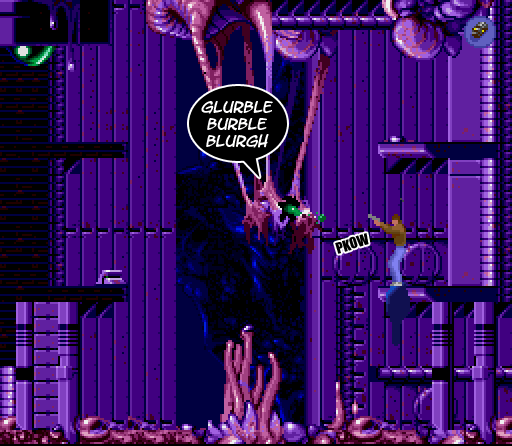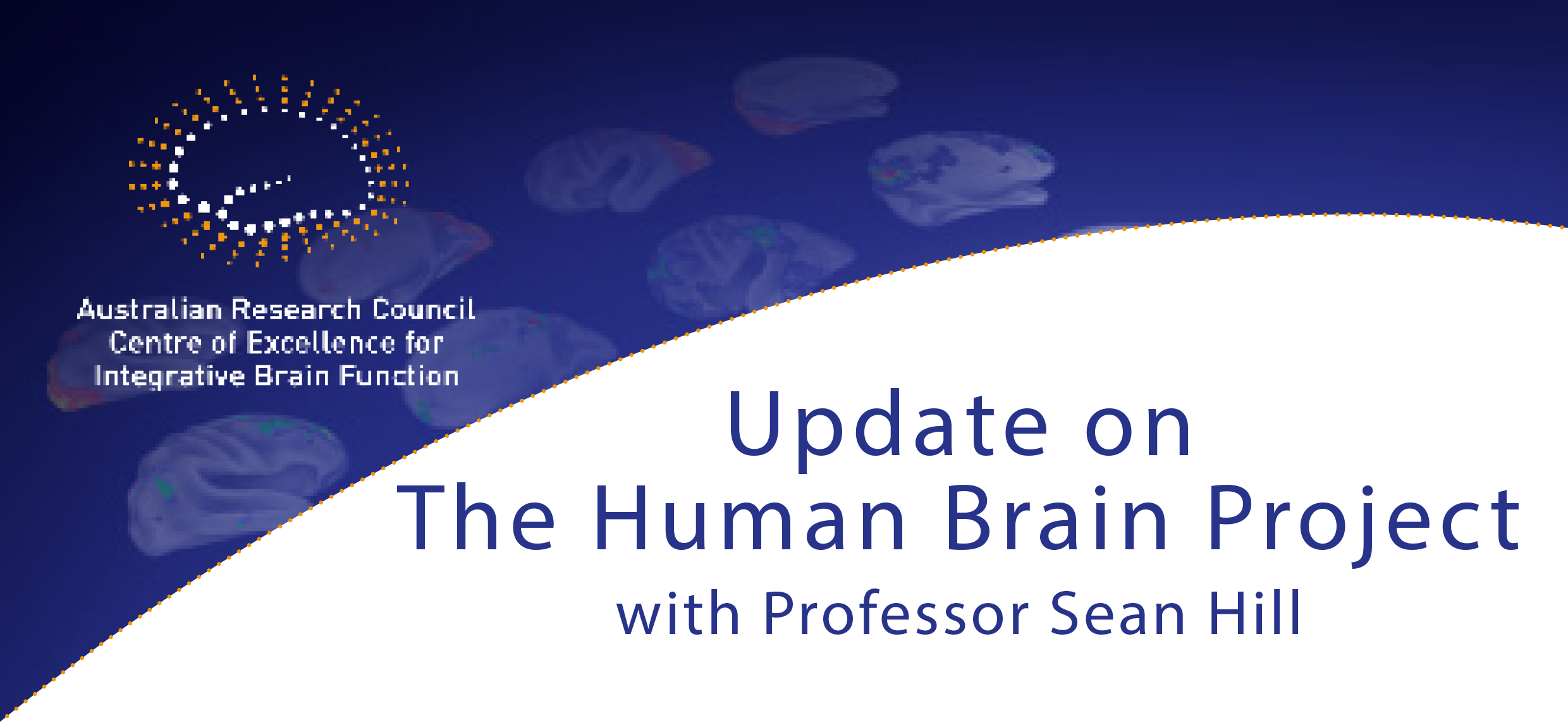


The associated NMDAR1-AB bind and cross-link surface N-methyl-D-aspartate receptors (NMDAR), resulting in NMDAR internalization and hypofunction. It manifests with a heterogeneous clinical disease course and is diagnosed based on the presence of NMDAR1-autoantibodies (NMDAR1-AB) of the IgG class in patients’ cerebrospinal fluid. The anti-NMDAR encephalitis (NMDARE) is an autoimmune condition with so far unclear etiology and pathogenesis. In this fundamental regulatory circle, neuronal networks, challenged by motor-cognitive tasks, drift into transient ‘functional hypoxia’, thereby triggering neuronal EPO/EPOR expression.

Here we delineate the brain EPO circle as working model explaining adaptive ‘brain hardware upgrade’ and improved performance. This novel mechanism of powerful postnatal neurogenesis, outside the classical neurogenic niches, and on-demand delivery of new cells, paralleled by dendritic spine increase, let us hypothesize a physiological procognitive role of hypoxia-induced endogenous EPO in brain, which we imitate by rhEPO treatment. These processes depend on neuronal and microglial EPOR. In parallel, EPO reduces microglia numbers and dampens their activity and metabolism as prerequisites for undisturbed EPO-driven differentiation of pre-existing local neuronal precursors. The ‘brain hardware upgrade’, underlying these observations, includes an EPO induced ~20% increase in pyramidal neurons and oligodendrocytes in cornu ammonis hippocampi in the absence of elevated DNA synthesis. Correspondingly, rhEPO treatment of young rodents or EPO receptor (EPOR) overexpression in pyramidal neurons caused remarkable and enduring cognitive improvement, together with enhanced hippocampal long-term potentiation. In clinical studies on different patient groups, recombinant human (rh) erythropoietin (EPO) lastingly improved higher cognition and reduced brain matter loss.
UPGRADE THEBRAIN UPGRADE
Ultimately, The Upgrade amounts to a celebration of how women step into their power and an entirely new-and radically positive-understanding of aging.Executive functions, learning, attention, and processing speed are imperative facets of cognitive performance, affected in neuropsychiatric disorders. With clear prescriptive advice, she also offers specific ways women can fend off dementia increase longevity, well-being, and sexuality and find their best selves at this stage of life. In this sweeping look at the second half of life, Brizendine dives deep into the microscopic workings of your mitochondria one moment and zooms out to the bigger picture-family, relationships, identity-the next. The upgraded female brain is centered, direct, validated, focused, fearless, expansive, and free. There's also a drop in anxiety that allows the female brain to flip its attentional style from multitasking to focusing on one thing at a time. The change in ratio of estrogen to testosterone makes women more direct and able to speak out. She guides women to become more of who they are and who they want to be in the second half of life.Īfter analyzing the latest research, Brizendine has found that in midlife the inclination to cater to the needs of others relaxes, allowing women to become more centered while retaining their gifts of perception. She never uses the words perimenopause or menopause, with their suggestions of obsolescence. Now, Brizendine uses her unique ability of making science approachable to offer an empowering vision of the years in a woman's life that have too often been ignored or misunderstood and creates a positive new framework for this life stage. When Louann Brizendine published The Female Brain, it was a game-changer for its profound scientific understanding of how women think, communicate, and feel.
UPGRADE THEBRAIN FULL
The New York Times bestselling author of The Female Brain explains how a woman's brain changes for the better in midlife, reframing the patriarchal term menopause and inspiring women to unlock their full potential.


 0 kommentar(er)
0 kommentar(er)
